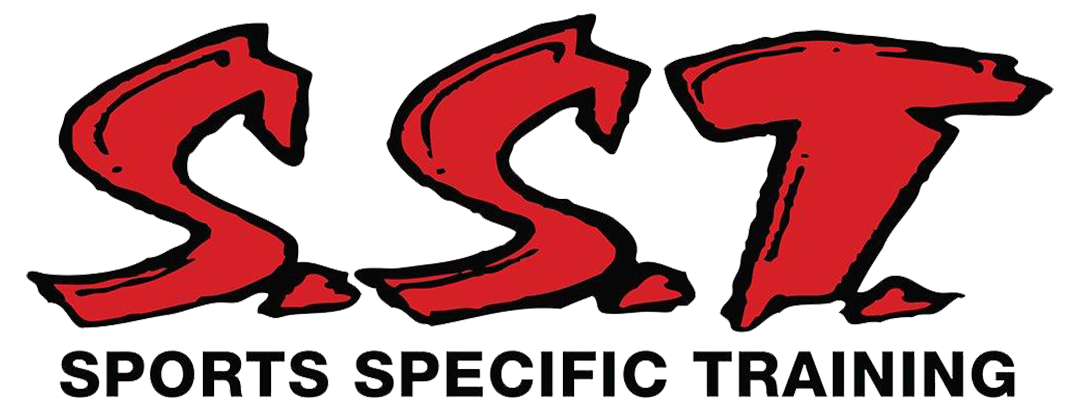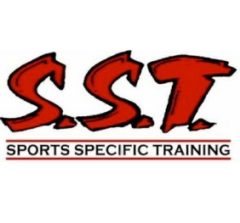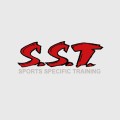Courtney- thanks for taking your time and speaking with me.
1. Courtney why do have so much success with Baseball athletes and teams?
Football and Hockey athletes are ‘easy’ to train, in that you can give these athletes just about any exercise and there is little risk for injury. Baseball athletes on the other hand require a little more finesse in their programming. Because of this there are very few facilities who specialize in training these athletes. Our years of experience have taught us the most effective way to train these overhead athletes and how best to stave off injuries. However, in an effort to become the leading Canadian facility for baseball training SST Mississauga has sought out those who work with the best in the world to learn directly from them, how they make the pros as good as they are. Refusing to believe we know everything about training baseball athletes is what makes us so good, we strive to continue learning and find better, more effective ways to make our athletes some of the best in the country.
Because of our specialization we often get athletes who travel into our facility multiple times a week from as far away as Scarborough, Whitby, Barrie and even Penetanguishene. We also have many athletes training with us on Satellite Programs who are too far away to come into our facility each week but see the value in what we do. We have trained athletes who have gone on to play in the NCAA, CIS, Ontario Provincial Team, Canadian National Team, minor leagues and professional baseball. We currently have athletes who are playing baseball with Oklahoma University, Middle Tennessee State University, Binghamton University, Niagara University, Stanford University, the Cincinnati Reds, San Diego Padres, Guelph University, McMaster University, and Burlington Herd to name just a few. But what truly separates our programs from anyone else is our 12U development programs, where we work with athletes as young as 8-9 years old.
Many Young athletes are sustaining injuries they never should because they are not properly prepared for the demands and intensity of the sport they are playing, baseball or otherwise. 45% of pitchers under the age of 12 suffer from chronic elbow pain, and in high school this number increases to 58%. Young athletes are still growing and often lack coordination strength, endurance, or stability of their muscles and joints to properly or efficiently perform many sport skills and are, therefore, at high risk for poor form, improper technique, and training errors.
Because we work with our baseball (and other sport) athletes at a young age we are able to optimize their mobility, stability, coordination, strength, and movement efficiency. And coincidentally their speed, agility, quickness and conditioning also improve. This helps to reduce the chances of traumatic injuries but also in chronic injuries that are common in young baseball athletes and gives us a better foundation for strength and performance training as our athletes get older.
2. Can you add some insight into your strength coaching style?
I believe my coaching style has been shaped by the world class strength coaches I had the privilege of working with while doing internships as well as the coaches I had as an athlete. I believe in hard work and no excuses to reach your goals. I know firsthand that hard work, dedication and sacrifice it takes to be a world class athlete and I strive to educate my athletes about this. Nothing comes easy, especially in athletics, and I try to instill a hard work ethic in my athletes from a young age.
When it comes to motivating my athletes, I think it is important to understand that everyone is motivated by different things, some like to be challenged, while others liked to be recognized and appreciated when they do something outstanding, while others are motivated by quality performances outside the gym. Either way, it is important to know what motivates each of your athletes on an individual basis in order for me, as a coach, to be able to better push them towards their potential.
I do my best to create a training environment that is welcoming to any sport, age, race, or gender. When you walk through our door you are no longer alone in your journey; not only are your coaches here to support you but your fellow athletes are as well. We are all one team, one family, here at SST Mississauga and that environment is what helps fuel greatness.

Canadian Junior National Team and Oklahoma University Commit, Pitcher Ben Abram, Jumping on the prowler to add some extra weight and encouragement For Jaden, one of our 12U baseball development athletes. We’re all in this together! #SSTFamily
I love my athletes and my entire job is working to help see them succeed as athletes and human beings. There is nothing better than having athletes come back from post-secondary school or training camps and saying, ‘because of you I was prepared’, ‘I had a great season’, ‘I’m excited to get back in the gym and get even better!’. That is what makes this the best job in the world!
BTW….. if you haven’t seen it, read Courtney’s blog – Quarterback Vs. Pitcher Vs. Bench Press HERE












